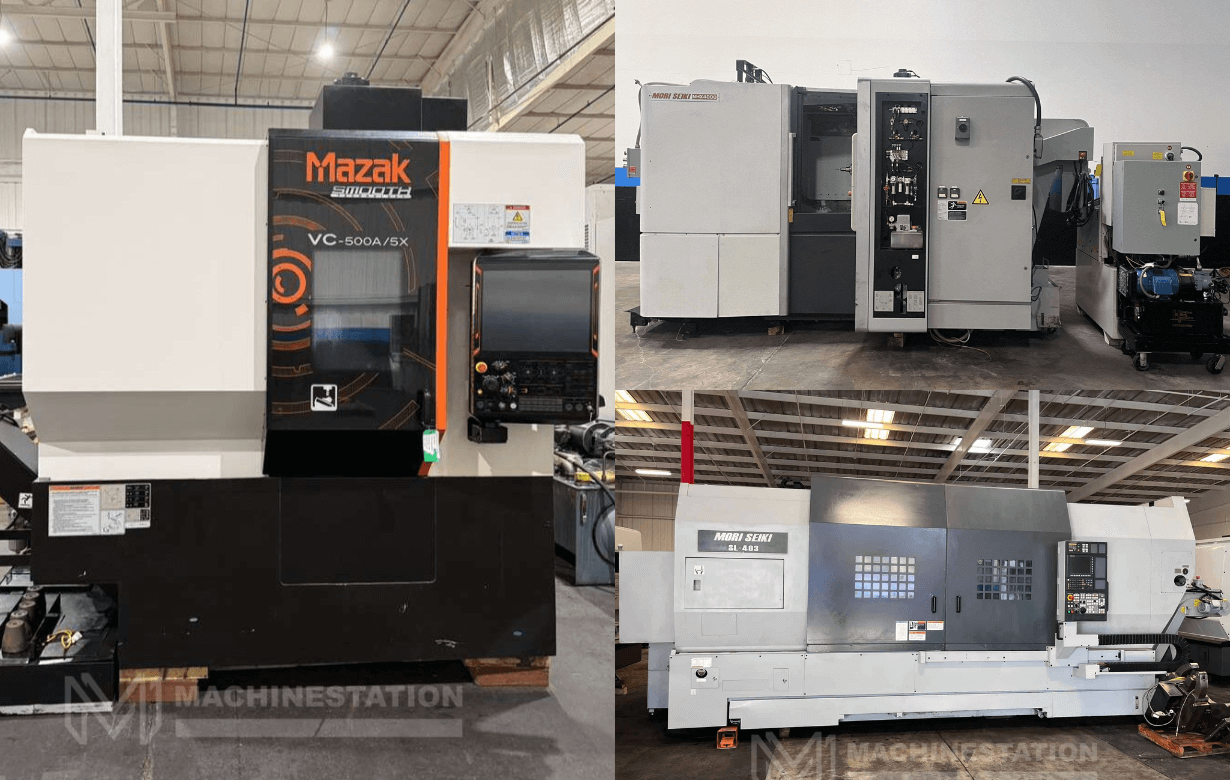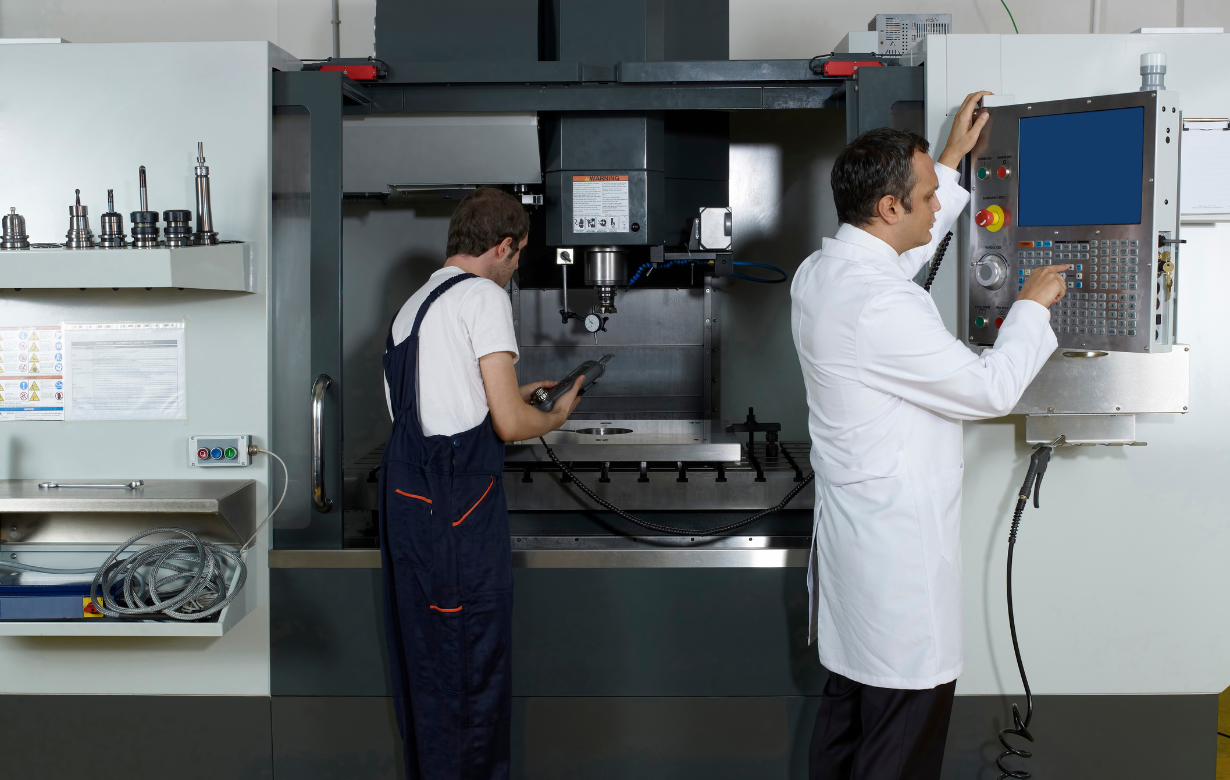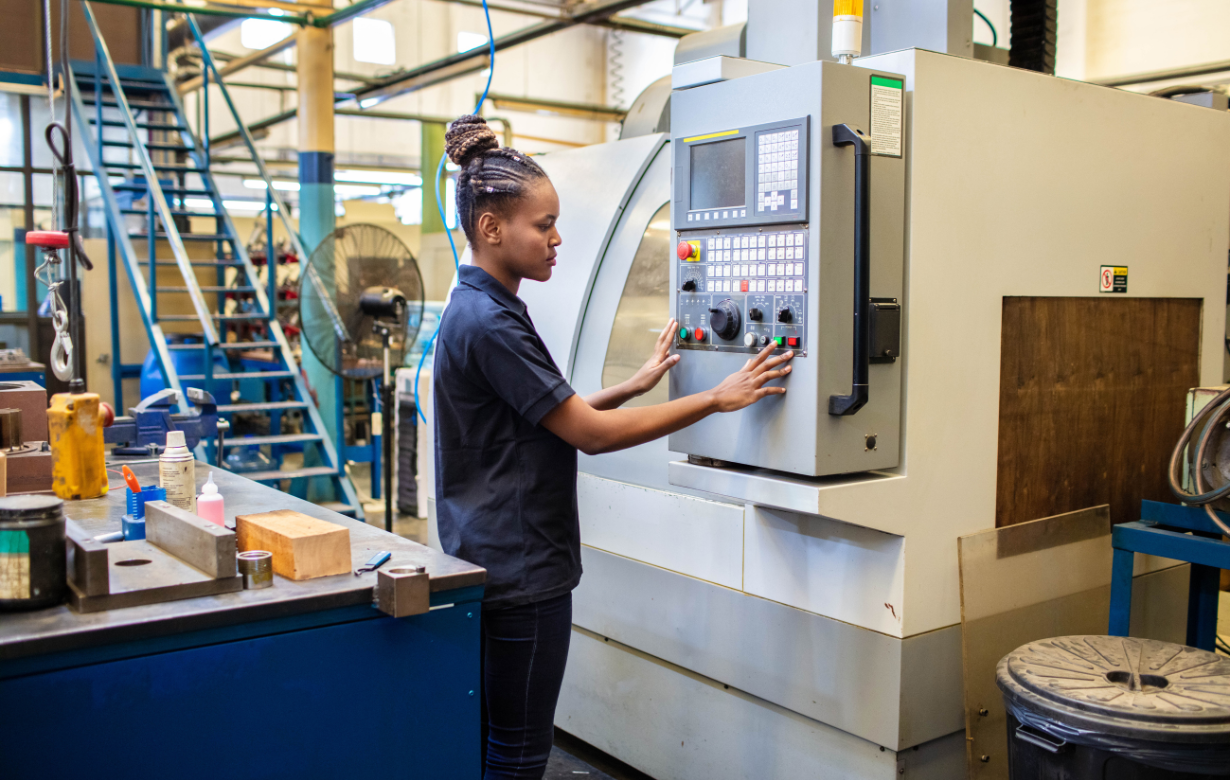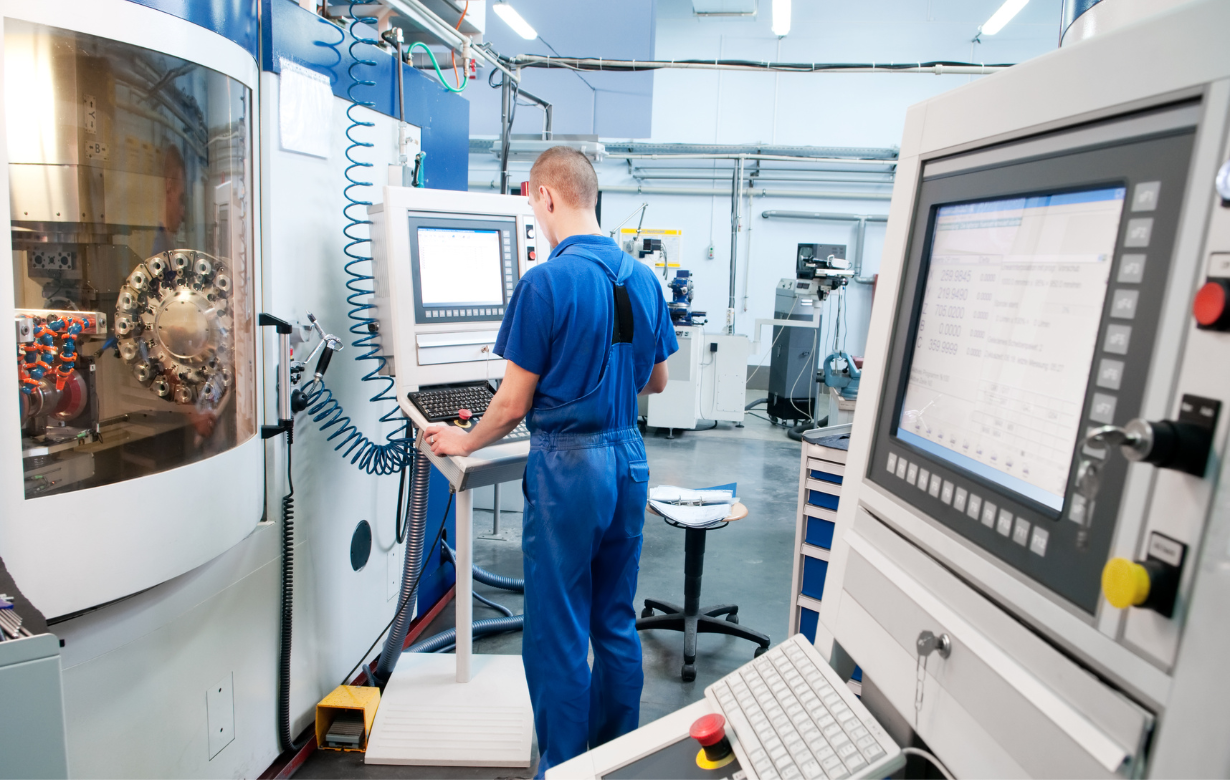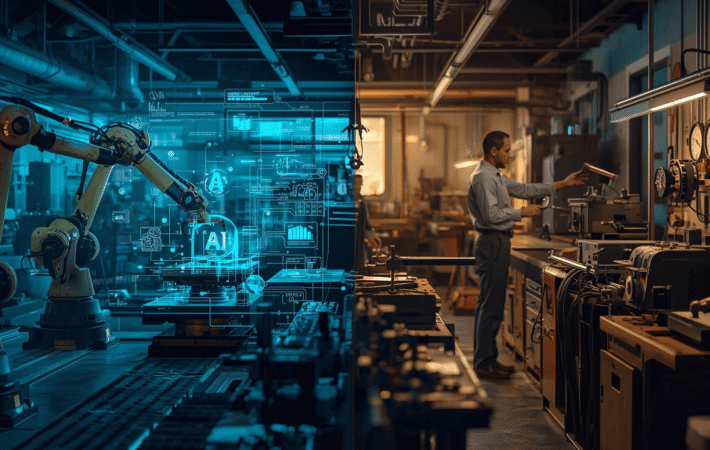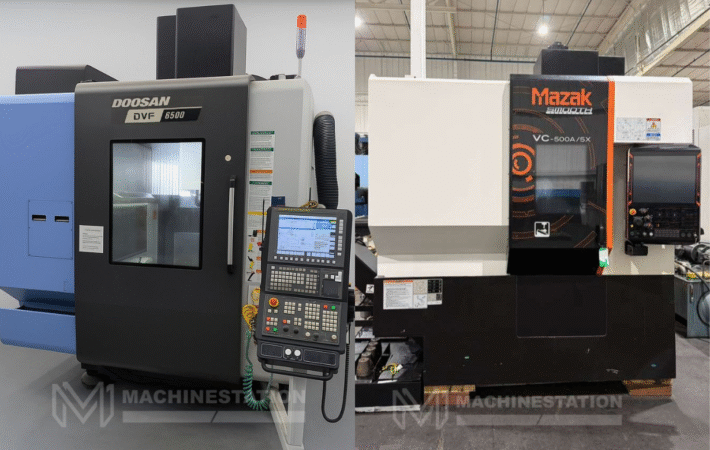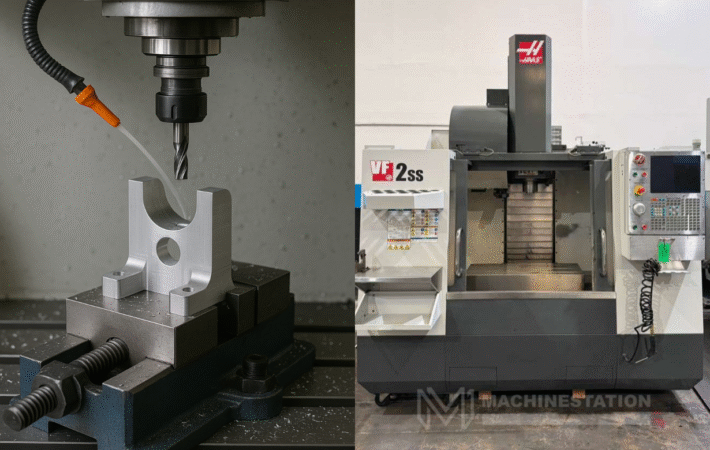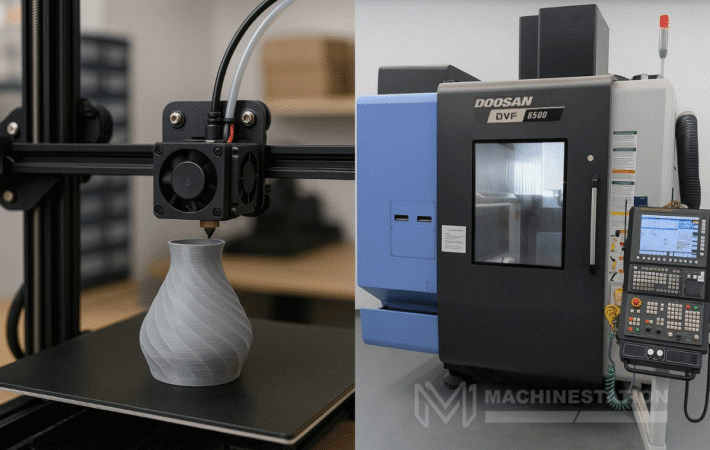What is Hybrid Manufacturing?
The manufacturing world is evolving at a very rapid pace. Manufacturing methods are evolving for more sustainable, innovative, and efficient ways. One of such exciting innovations that has taken place in the manufacturing world is the introduction of hybrid manufacturing. From its inception, the manufacturing method has been capable of changing how we design and build things in different manufacturing shops. But like any other technology, hybrid manufacturing has its own pros and cons. So, in this blog, we will be discussing everything about Hybrid manufacturing, from its definition to its advantages and disadvantages.
